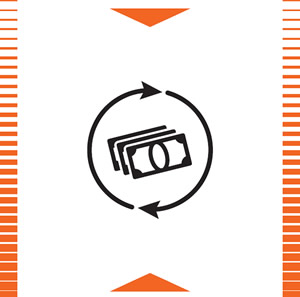Trend Toward Cost Savings and Efficiency
 The smart litter receptacle is
coming to a campus near you.
It’s smart enough, in fact, to
save an estimated 20 percent to 40 percent
on litter and recycling collection expenses.
Knowing that a large university can easily
generate 9,000,000 pounds of waste in a
year, the savings potential is hard to ignore.
The smart litter receptacle is
coming to a campus near you.
It’s smart enough, in fact, to
save an estimated 20 percent to 40 percent
on litter and recycling collection expenses.
Knowing that a large university can easily
generate 9,000,000 pounds of waste in a
year, the savings potential is hard to ignore.
Sensing technology and a web interface
integrate to become an intelligent waste management
system. Using GPS and other sensors,
the receptacles can continuously monitor and
transmit fill level, temperature, weight, location
and more to a cloud-based portal.
Traditional static systems allow for
some receptacles to overfill before they
are collected — an aesthetic and olfactory
nuisance, for sure — while others that
sit empty are collected anyway. This new
approach allocates resources only where
and when they are needed. It not only
saves time, it decreases fuel costs, carbon
footprints and unsightly waste overflows.
This technology is available in both new receptacles
and as a retrofit for the thousands
currently in use.
About the Author
Emma Skalka is vice president of Sales and Marketing at Victor Stanley in Dunkirk, MD.